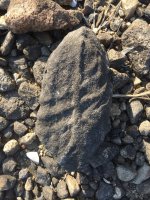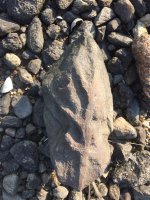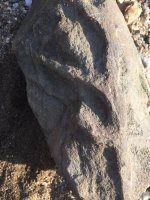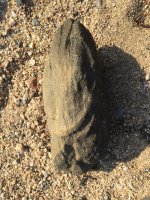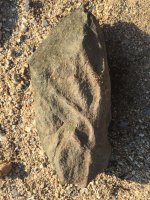Wandermore91
Jr. Member
If this is erosion could someone please explain the intricacy and symmetry? I’ve shown this rock to a couple of people who both said it looked like it was carved, and possibly a representation of lightning or deer antlers. Either way, I found this rock at a site where I know they were present. I have grooved fishing weights from the same area. I believe this is some sort of rock art, if it didn’t serve a functional purpose. I am ready for the influx of “no artifact, natural rock” and “just erosion” but please consider other options here. The bottom of this stone looks like it may have an eroded look to it but the opposite side looks chipped away. Regardless both sides have a “spine” where the details seem to stem off from. If it is natural it is the most unusual product of nature I’ve probably ever seen. The rock is about a foot long and a few inches wide. Any input appreciated on this, looking for someone who knows rocks more than artifacts.. Thank you!
